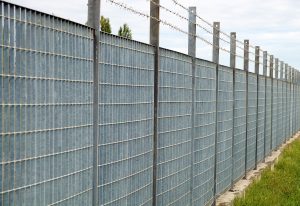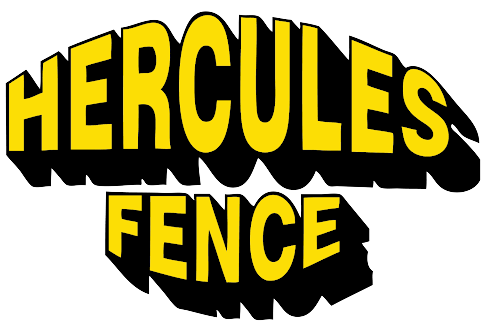
Ensuring controlled access to sensitive areas has become a top priority for businesses, government facilities, and public spaces. Bollards, turnstiles, and security fencing are three critical components of access control systems. They not only serve to restrict unauthorized entry but also provide a visual and physical barrier that can deter potential threats.
Bollards: The First Line of Defense
Bollards are short, sturdy posts that are commonly installed at entrances, along walkways, and in front of buildings to protect against vehicle intrusions. They come in various materials, including steel, concrete, and plastic, and can be either fixed or removable. Bollards serve multiple functions in access control:
- Vehicle Control: One of the primary purposes of bollards is to prevent vehicles from accessing pedestrian areas or ramming into buildings. This is particularly important in preventing attacks where vehicles are used as weapons, a tactic that has been increasingly employed in terrorist activities.
- Traffic Management: Bollards help manage traffic flow by guiding vehicles in and out of parking lots, garages, and restricted areas. This control is essential for maintaining order and safety, especially in busy urban environments.
- Aesthetic Appeal and Safety: Beyond their security functions, bollards can also be designed to complement the architectural style of a building or landscape. They often serve as visual cues for pedestrians and drivers, promoting safety by clearly delineating boundaries.
Turnstiles: Controlled Entry and Exit
Turnstiles are gate-like structures that allow one person to pass through at a time. They are commonly used in places like subway stations, stadiums, and office buildings to control the flow of people. Turnstiles come in various forms, including full-height, waist-high, and optical. Their roles in access control are crucial:
- Identity Verification: Many modern turnstiles are integrated with electronic access control systems, such as card readers or biometric scanners. This integration ensures that only authorized personnel can enter a secured area. For instance, employees may need to swipe an ID card or use a fingerprint scanner to gain entry, preventing unauthorized individuals from accessing sensitive areas.
- Crowd Management: Turnstiles help manage the flow of people, preventing overcrowding and ensuring orderly queues. This is particularly important in high-traffic areas like sports arenas or train stations, where large crowds can pose safety risks.
- Data Collection: Turnstiles can also be equipped with sensors and data analytics capabilities to monitor entry and exit patterns. This information can be invaluable for security audits and for understanding peak times, helping organizations optimize their security and operational strategies.
Security Fencing: The Physical Barrier
Security fencing serves as a physical barrier that surrounds a property or restricted area, deterring unauthorized access and protecting assets. There are various types of security fencing, including chain-link, mesh, palisade, and electric fences. Their role in access control includes:
- Perimeter Security: Security fences define the boundaries of a property and serve as the first line of defense against intruders. They make it difficult for unauthorized individuals to enter, thereby protecting assets and ensuring the safety of people within the premises.
- Deterrence: The presence of a security fence acts as a visual deterrent to potential intruders. Knowing that they would have to overcome this barrier, individuals with malicious intent are often discouraged from attempting to breach the property.
- Additional Security Measures: Security fencing can be augmented with additional features like barbed wire, razor wire, or electric shock systems to enhance its effectiveness. It can also be integrated with surveillance cameras, motion sensors, and lighting systems to provide comprehensive security coverage.
The Synergy of Combined Elements
While bollards, turnstiles, and security fencing each have distinct roles, their effectiveness is magnified when used in conjunction. For instance, a high-security facility may use bollards to prevent vehicle intrusions, turnstiles to control pedestrian access, and fencing to secure the perimeter. This multi-layered approach creates a robust security system that can deter, detect, and delay potential threats, giving security personnel ample time to respond.
Choose Hercules High Security to Protect Your Property
Whether you need White House-level security fencing, or you need the perfect version of a white picket fence to guard your business or residential property, trust the experts at Hercules High Security. For more information and to learn how we can meet your custom fencing needs, contact Hercules High Security online or give us a call at 1-800-395-9597. Our professionals are ready to serve you from Maryland and the Washington Metropolitan area to Richmond, Virginia. We have branch offices in Manassas, Richmond, Newport News, Norfolk, Virginia, and Maryland. We will ensure your investment serves your family and your business for years to come! For updates and to see projects we’re working on, visit us on Facebook, Twitter, LinkedIn, and Pinterest.


